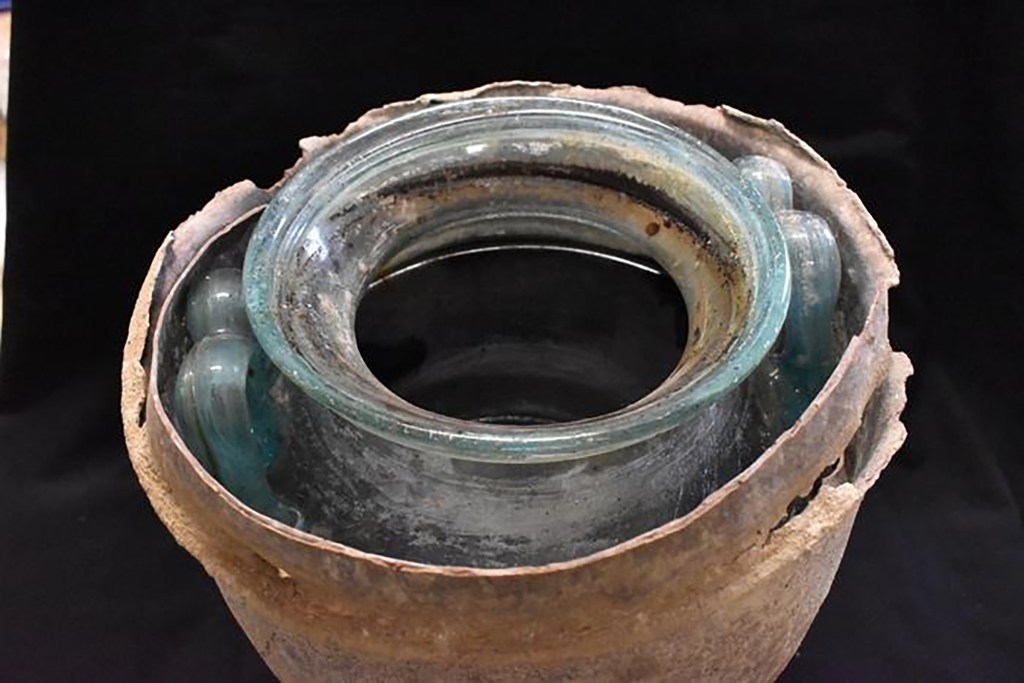Oldest wine ever discovered contains a horrifying secret ingredient: study
This archeological finding redefines “full-bodied” wine.
The oldest vintage is people? The oldest wine ever discovered in liquid form harbored an unlikely ingredient — cremated human remains, according to a study published recently in the Journal of Archaeological Science.
“This was the first time something like this had been discovered,” José Rafael Ruiz Arrebola, an organic chemist at the University of Córdoba who analyzed this ghoulish vintage, told All That’s Interesting.
The macabre-net sauvignon was discovered by accident in 2019 after a family happened across a 2,000-year-old sunken Roman tomb while renovating their home in Carmona, Spain.
Among other artifacts, this subterranean treasure trove contained a funerary urn with “cremated bone remains,” a gold ring decorated after the two-headed Roman deity Janus, and nearly five liters of reddish-brown liquid.

“We did not expect it to contain liquid, much less the quantity found,” said Arrebola while discussing the holy grail-esque discovery. “Until now, all the funerary urns found contained only cremated bone remains and various objects related to funerary offerings.”
Subsequent PH tests revealed that the mystery substance was actually wine.
“We looked for biomarkers, which are chemical compounds that unequivocally tell you what a particular substance is,” the chemist told the Guardian while describing his method of liquor forensics.
His team specifically deduced this by identifying seven wine polyphenols — naturally occurring compounds found in fruits, vegetables, beverages and other foodstuffs — and comparing these chemicals to those from wines from that region of Andalucía.

Further analysis revealed that the tipple was a white wine that was quite similar to the vintages produced in the area.
This made the booze the oldest wine in liquid form, eclipsing the previous record holder — a 1,700-year-old bottle found in another Roman tomb near Speyer, Germany, in 1867, Smithsonian reported.
Naturally, pouring giggle juice into a funeral urn might seem morbid, like some kind of alcoholic burial ritual.
However, the Romans often interred corpses with bubbly, along with perfume, and other creature comforts so they could enjoy a veritable Bacchanalia in the afterlife.
In other words, the body might’ve been dead but the “spirit” lived on … so to speak.
Interestingly, this particular vintage can also be consumed by the living as well.
“It’s not in the least bit toxic – we’ve done the microbiological analysis,” Arrebola insisted.
However, the scientists said he had reservations about imbibing the vintage given that it had “spent 2,000 years in contact with the cremated body of a dead Roman.”







